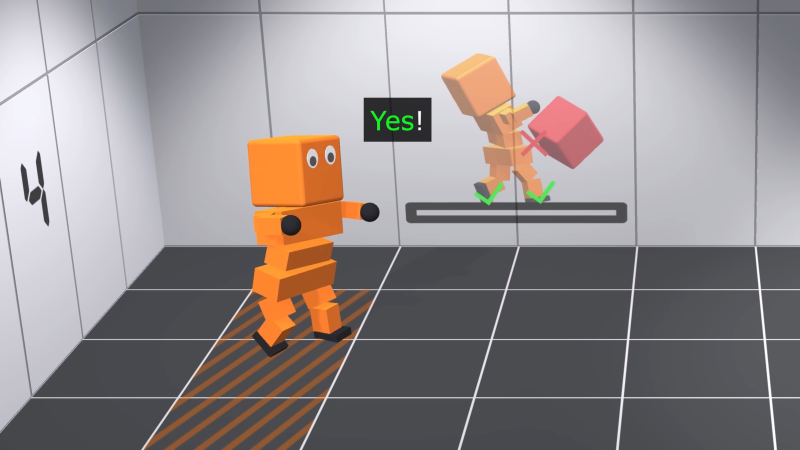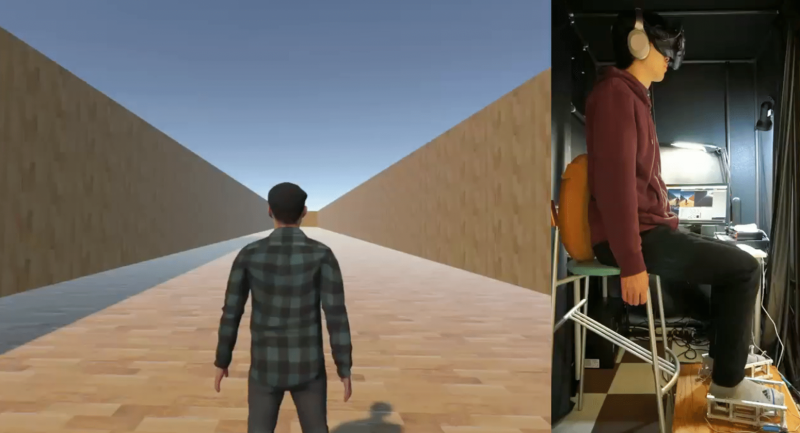There are a lot of ways to try to mathematically quantify how healthy a person is. Things like resting pulse rate, blood pressure, and blood oxygenation are all quite simple to measure and can be used to predict various clinical outcomes. However, one you may not have considered is gait velocity, or the speed at which a person walks. It turns out gait velocity is a viable way to predict the onset of a wide variety of conditions, such as congestive heart failure or chronic obtrusive pulmonary disease. It turns out, as people become sick, elderly or infirm, they tend …read more
 Continue reading Measuring Walking Speed Wirelessly→
Continue reading Measuring Walking Speed Wirelessly→


